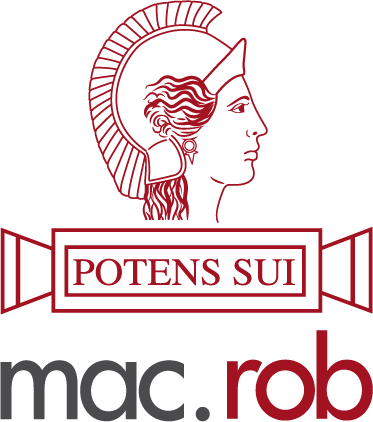Holocaust Museum Excursion
Our Holocaust studies unit had been comprehensive in providing perspective on the events that transpired post-WW1 and leading up to Hitler’s rule and regime, but we were all eagerly awaiting our excursion to the Melbourne Holocaust Museum in Caulfield. In our history elective, Making of The Modern World, we learned about rising antisemitic intent that came hand-in-hand with the establishment of the Weimar Republic, the events leading up to Hitler’s rise to power, the Nuremberg Laws and the suffering in the ghettos. This excursion would provide us with further insight into the Holocaust, and we would also have the exciting chance to meet with and listen to a survivor!
During the excursion, we had the opportunity to interact with primary sources, which were replicas of items that the Melbourne Holocaust Museum had collated in their archives. These sources included posters, certificates, photographs and physical objects that survivors had saved and collected throughout their own lifetimes. It was not only fascinating, but an absolute privilege to be provided with such a personal, and certainly confronting, insight into life during the Holocaust. We unpacked themes that resonated throughout these sources, some of these being ideas such as dehumanization, deception, return to life, and hope. By doing so, we were able to further broaden our understanding of different perspectives of participants, enablers, victims and bystanders in the Holocaust. This was truly an unforgettable experience.
The highlight, of course, was talking to Abe Goldberg, a Polish survivor of Auschwitz. Abe lived in the Łódź Ghetto for the majority of the time throughout the Holocaust, avoiding deportations until the ghetto was liquidated by the Nazis in 1944. This was when he and his mother were sent to Auschwitz, who was gassed immediately upon arrival. He spent eight months in Auschwitz, subject to abuse, starvation and humiliation, after which he was sent to various camps throughout Germany until he was liberated on May 2nd, 1945.
The way in which Abe recounted his experiences to us was raw, and undoubtedly emotional. There were tears shedded throughout his descriptions—however, the one that stuck with us the most was his vivid recounting of his parting with his mother. We will never forget how his mother’s faith in his survival and her final words to him were the reasons he has never stopped telling his story to the world, even at the age of 97. Understanding Abe’s story would not give us the ability to understand the other six million, though the ability to comprehend one amongst the six million others is already more than enough as realised from this excursion.
Ultimately, as students and youth, we were able to correlate the factual aspect of the Holocaust to firsthand experiences from survivors and stories of victims with the assistance of artefacts. This added a new layer to our general perspective on the Holocaust as something more than just statistical. Through the exploration of primary sources, coupled with survivor testimony, our understanding of the Holocaust broadened; this experience was wholly vital and conclusive to our Holocaust studies unit.
Harshi & Tay, Year 10





